Adolph Sutro, King of the Comstock Lode and Mayor of San Francisco
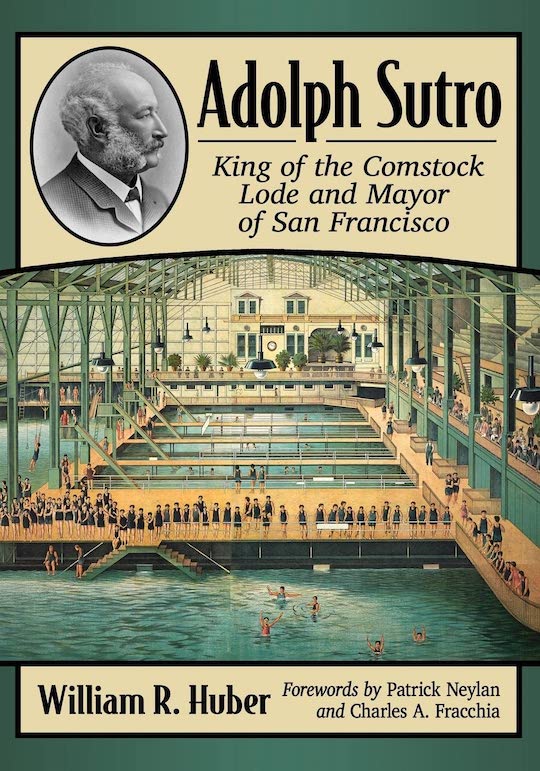 by William R. Huber
by William R. Huber
Accomplished (and that definitely should be spelled with a capital A), Adolph Sutro’s (1830–1898) claim to fame includes building, digging actually, the four-mile-long tunnel some 1,800 feet underground for much of its distance under the Nevada desert; building the world’s largest enclosed swimming facility with capacity for 1,000 swimmers and 24,000 spectators; even as he amassed over two hundred and fifty thousand genuinely historic books and papers in his private library. As this book’s title indicates, he also was mayor of San Francisco although for only one two-year term.
Fantastic as Sutro’s life and accomplishments were, no one had opted to tell his story until William “Bill” Huber decided to take up non-fiction research and writing, as a new “career” in retirement. This book was his first, published in 2020. Previously we told you about his second; George Westinghouse, Powering the World. And, happily for us, later in 2024 Huber’s third book is projected to be published, covering steel industry magnate Charlie Schwab who over the course of his career presided over Carnegie, US, and Bethlehem steel companies.
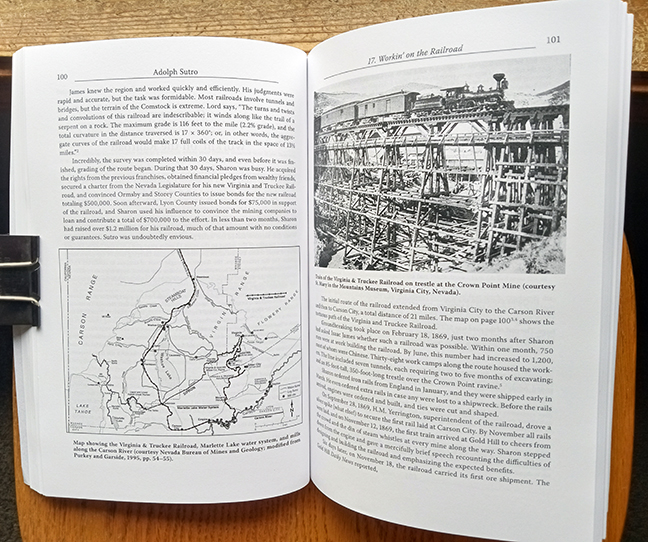
Map on left, an overview of Comstock Lode. The visual drama of bridgework necessary graphically demonstrates challenges offered by the terrain in that rail line that is operational to this day as the popular tourist-carrying Virginia & Truckee Railroad.
Prussian-born Sutro made his way to America and, once California was granted statehood, to the far west. He was destined to become arch-enemies with the four who are most often mentioned as the men who united the land via the transcontinental railroad. Adolph and one of the four, Collis Huntington, had so much in common. They both had drive and determination and each was physically big and strong and inpatient. Each had been drawn to gold country not to seek gold but to establish themselves as merchandisers in 1850 selling goods the miners wanted and needed; Huntington in Sacramento, Sutro in Stockton. Each so impatient to begin that they’d risked the horrid but quicker Panama route to California “filled with rain, mud, disease, filth, and lack of basic necessities . . . Both made fortunes . . . Huntington focused on making money; Sutro was focused on solving challenges.”
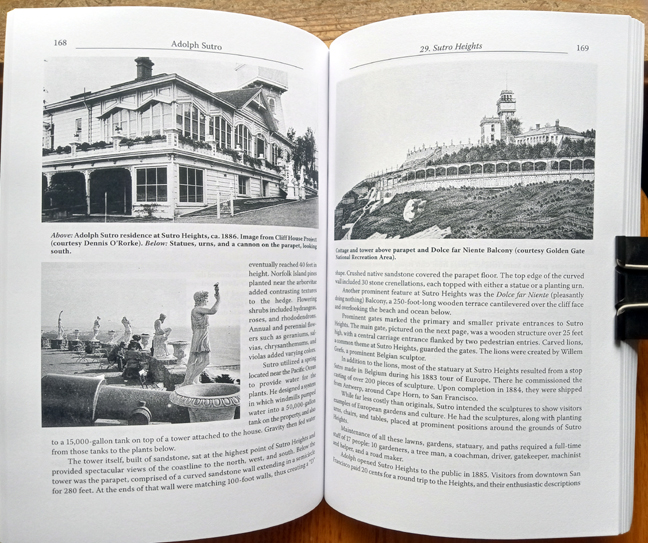
Sutro didn’t think or build modest or small. Top left, one of his early San Francisco residences and, below, some of the statuary he set along the seaside promenade with, opposite, the view from the sea of the “cottage.”
Practically immediately Sutro was drawn to making miners’ lives safer. He realized the mines being dug in the Comstock were going ever deeper as each followed the ore, and as they went deeper the hotter they became and filled with liquid and steam as they reached ever nearer the earth’s magma. Those flashes of heat/steam/water were deadly. Sutro, familiar with European methods of dealing with such via an underground drainage tunnel, set about creating such for the mines of the Comstock Lode.
The statistics related to that tunnel suggest the physical difficulties but not the political ones he encountered. Huber tells of both. Here are the physical statistics to contemplate: depth—1,800 to 2,000 foot range, length—4 miles, dimensions—8 feet wide except floor which was 9 feet, 7 feet tall walls all wood-framed and shored, grade—not less than 1 inch per 100 feet. Groundbreaking was October 19, 1869 with the tunnel’s main length finally completed July 8, 1878 although digging would continue afterward on various laterals to individual mines.
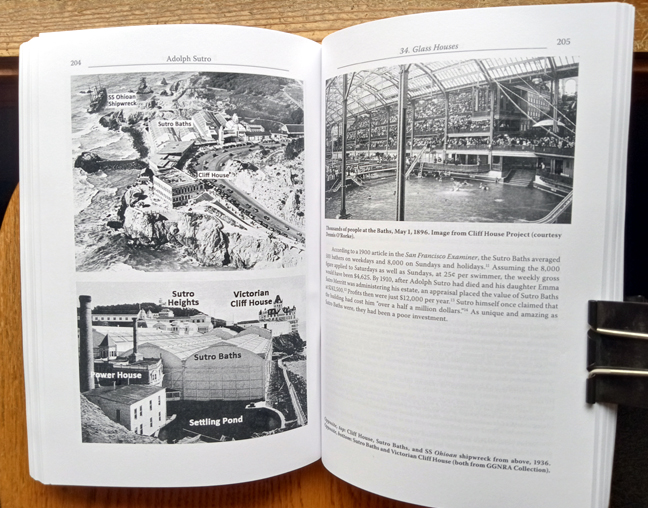
Left are two more of those orienting images. On right, the original historic image that is also the book’s cover. That’s some 1.8 million gallons of heated seawater in those bathing pools.
Then there’s the chapter titled “The Philobiblist,” a word not heard or seen in common use these days. It describes in detail the acquisition and contents of the stunning 250,000+ piece library that Sutro assembled over his lifetime “to benefit the people among whom I have so long labored . . . a library for reference.” In 1893 he explained his plan to build a special home for it on a 26-acre site he owned “near the geographic center of the city of San Francisco” which he described in 1893 as “a beautiful site, well adapted for a library, and entirely secure against fire. I consider that security against fire is the most important of all considerations in locating a library that is to last for centuries and is being built for the future.” The library was to be free and open to all for research and study.
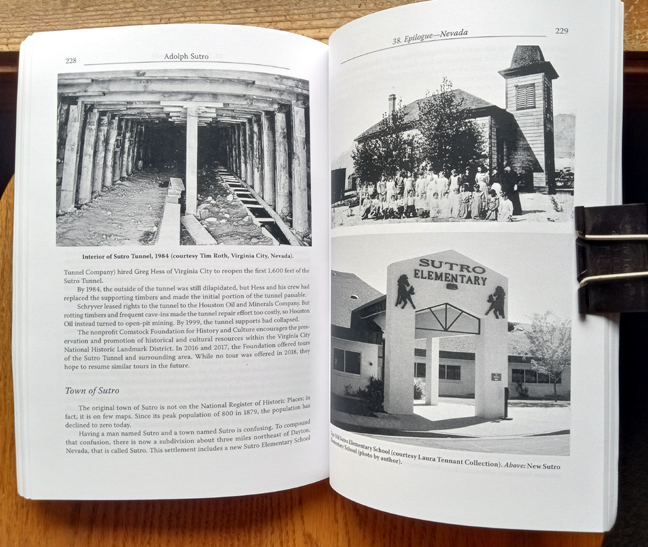
There are two towns named Sutro, Nevada—neither easy to find on a map. Old Sutro is essentially gone with its schoolhouse, top right, torn down so the wood could be used for other purposes. Access to the tunnel is no longer safe so the image on the left is also dated.
The sad irony is Sutro died before he could build that structure in its planned location on what is today called Mount Sutro, but then was named with a tip of the hat to the original mythological home of the Muses of music and poetry, the Grecian Mount Parnassus. There are additional ironies related to the word Parnassus. It’s the name of A Journal of Arts and Letters at Taylor University, a 175-year-old liberal arts university in Upland, Indiana; the name of an independent bookstore in Nashville and, sentimentally important to your commentator, the title of a book greatly favored by my Nana which I, her namesake, too have read, Parnassus on Wheels by Christopher Morley (1890–1957) first published in 1917 about a traveling bookseller. Today that rolling Parnassus we would more likely call a bookmobile.
It’s a bigger and more multi-layered story than can, or should, be delineated here. Huber does justice to it, writing well and compellingly as he describes the nuances and undercurrents. As the story unfolded to him during his research so too did he gain access to all manner of wonderful images and maps to share. Those maps add immeasurably—especially for those readers unfamiliar with the geology or geography of California’s gold country or that of the greater San Francisco city area.
All in all, a well-told biography bringing Adolph Sutro the recognition he so richly deserves.
Copyright 2024 Helen V Hutchings, SAH (speedreaders.info)


 RSS Feed - Comments
RSS Feed - Comments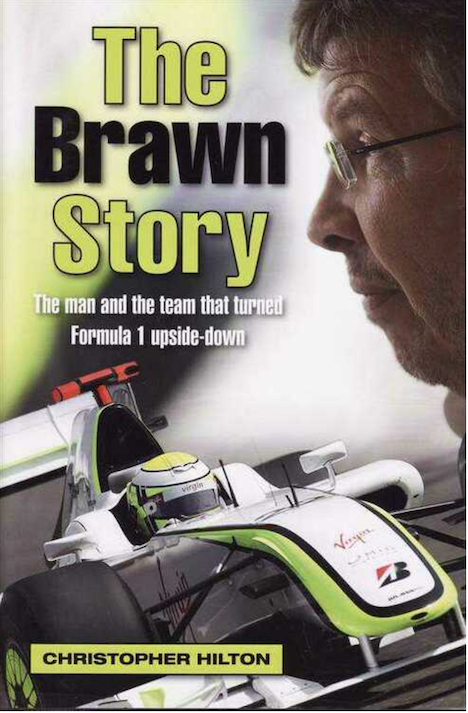
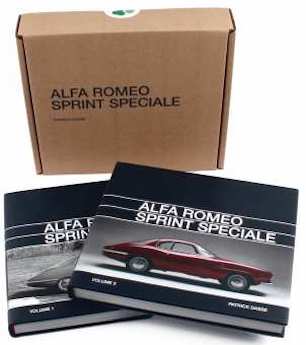
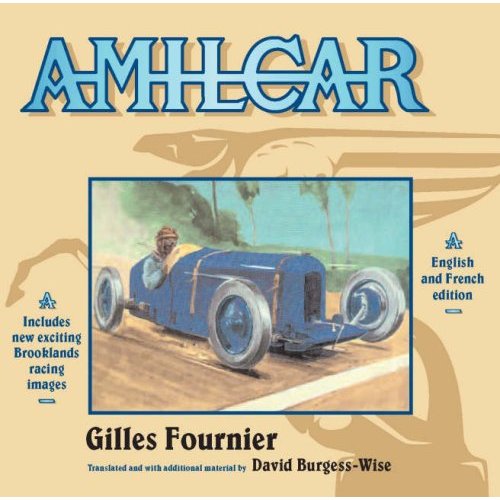

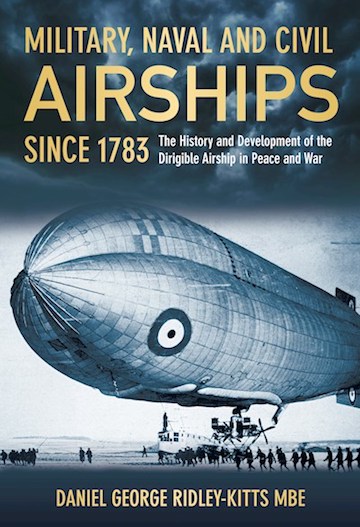
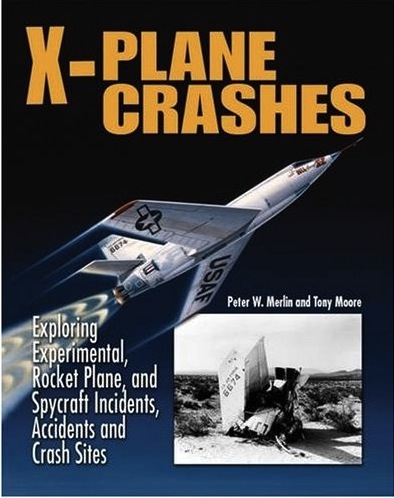
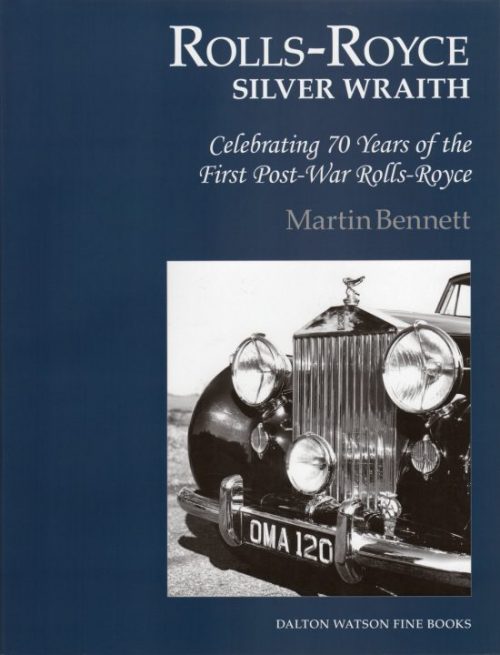
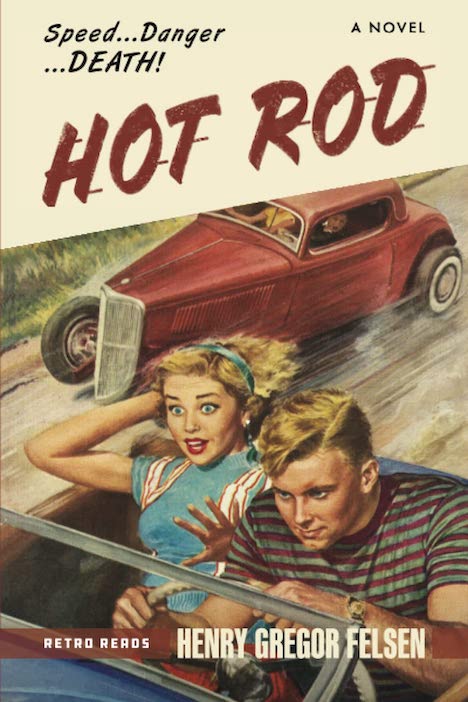

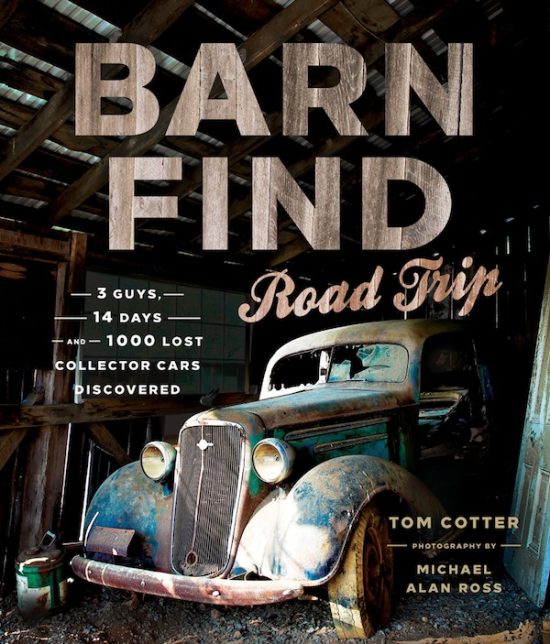

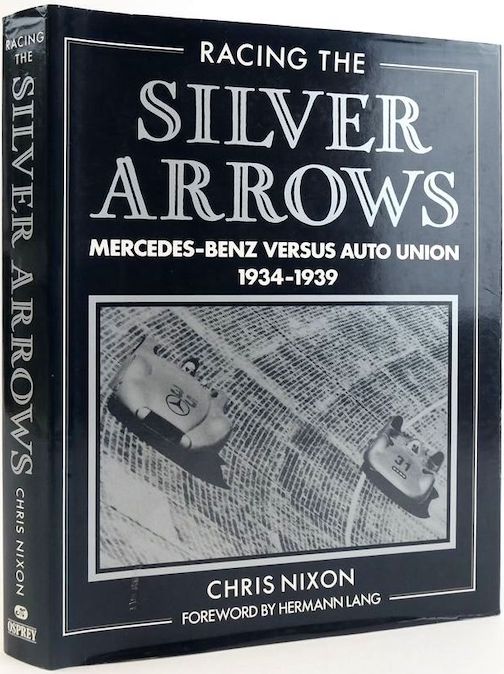
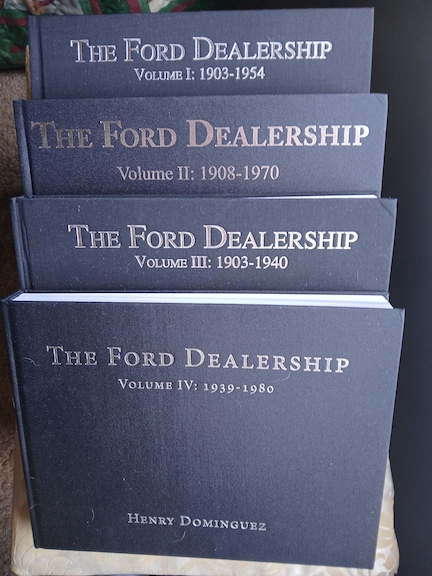
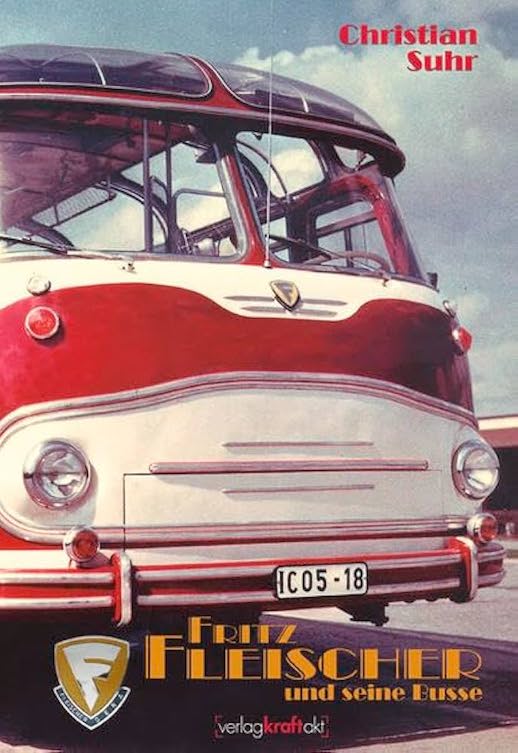

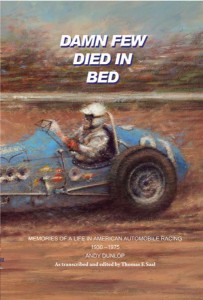
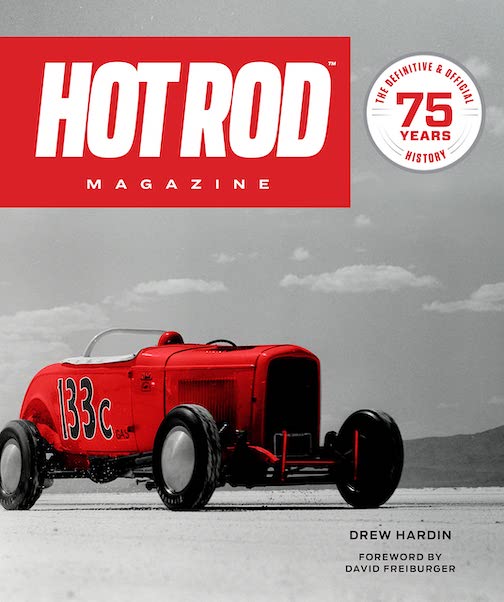

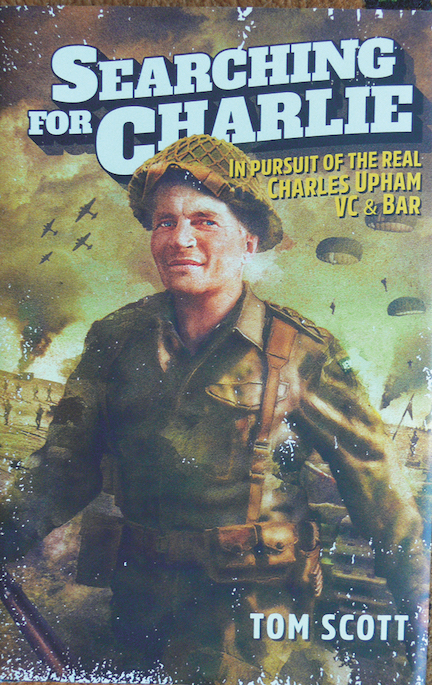
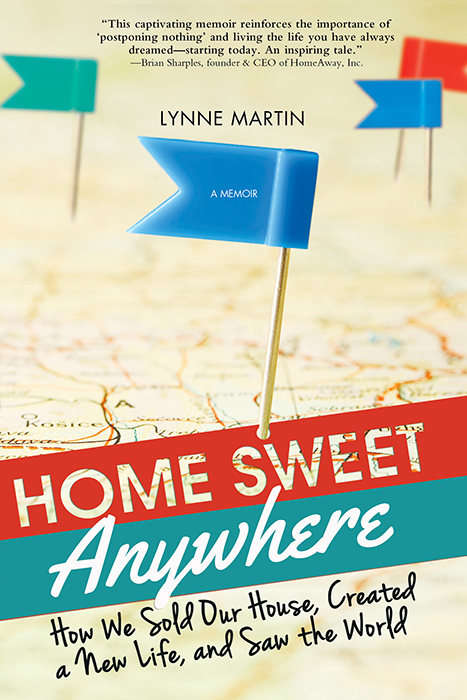
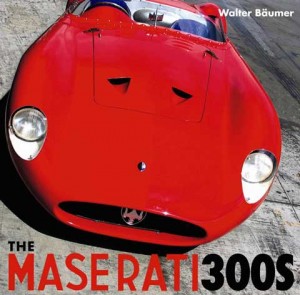
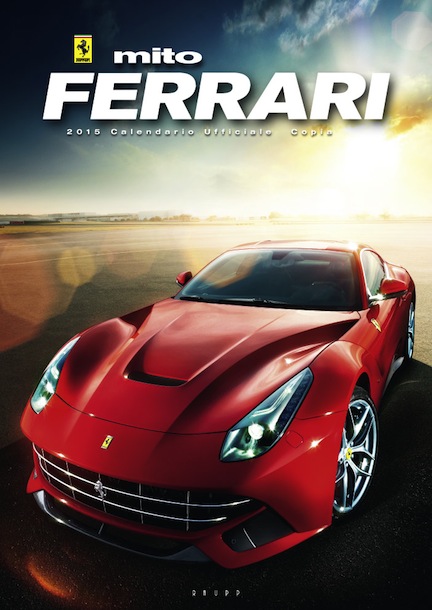

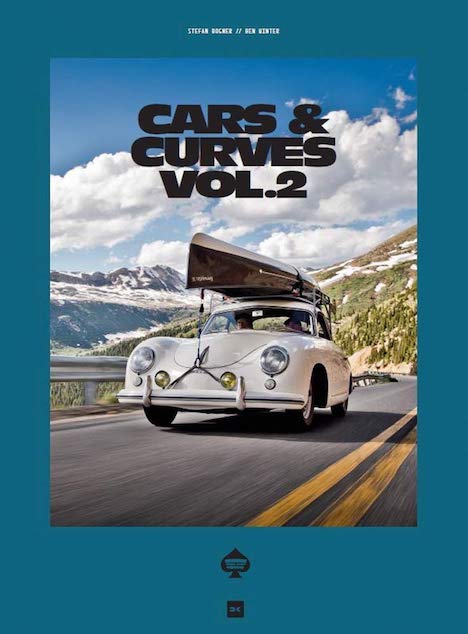

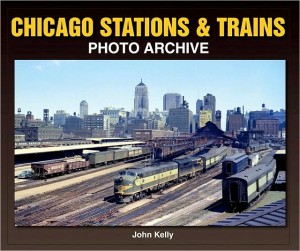
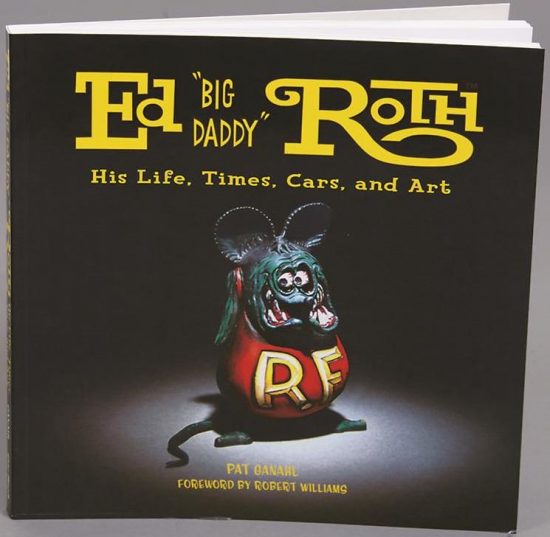
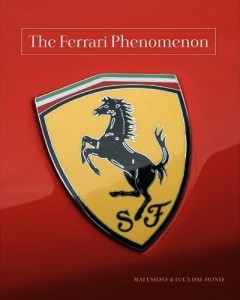

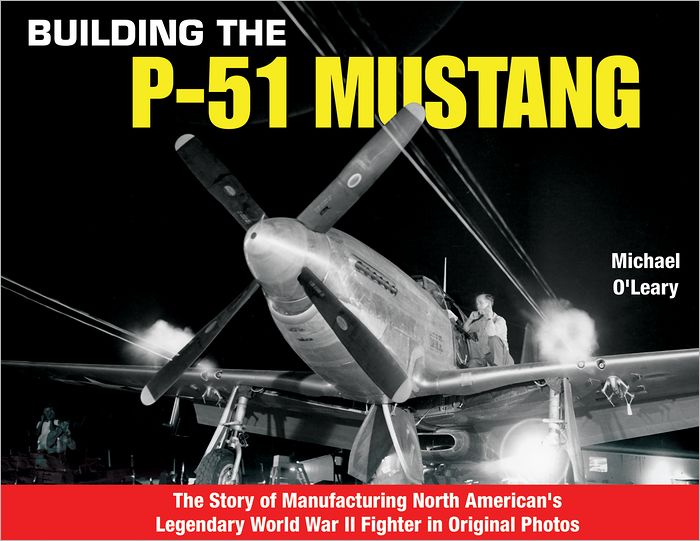
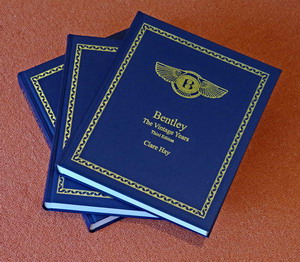
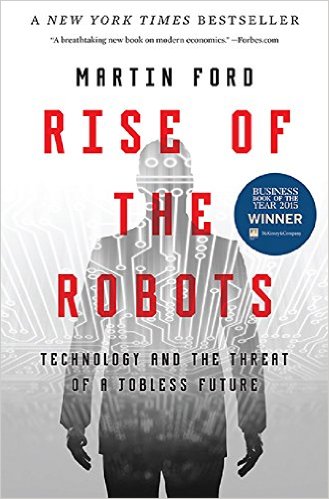
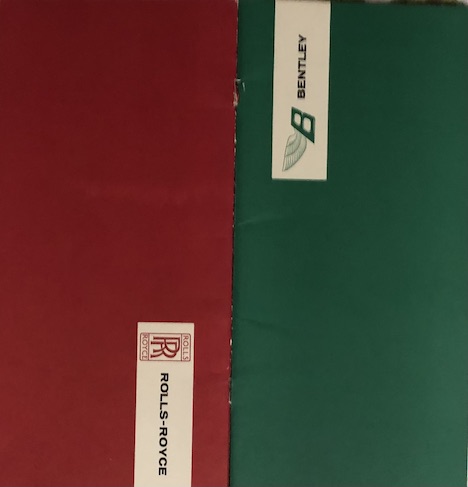
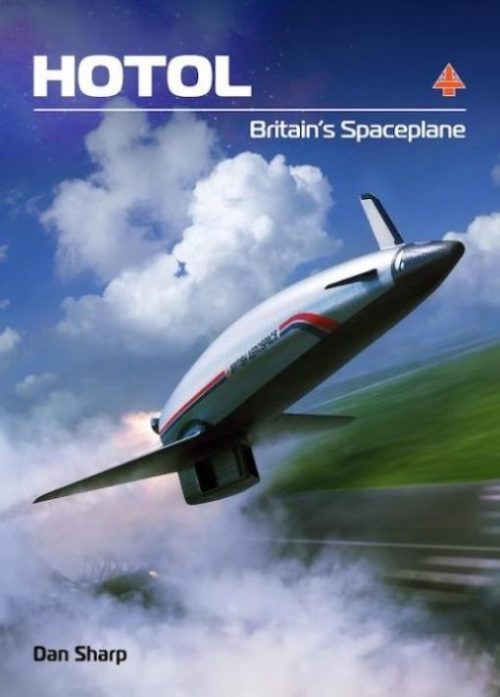

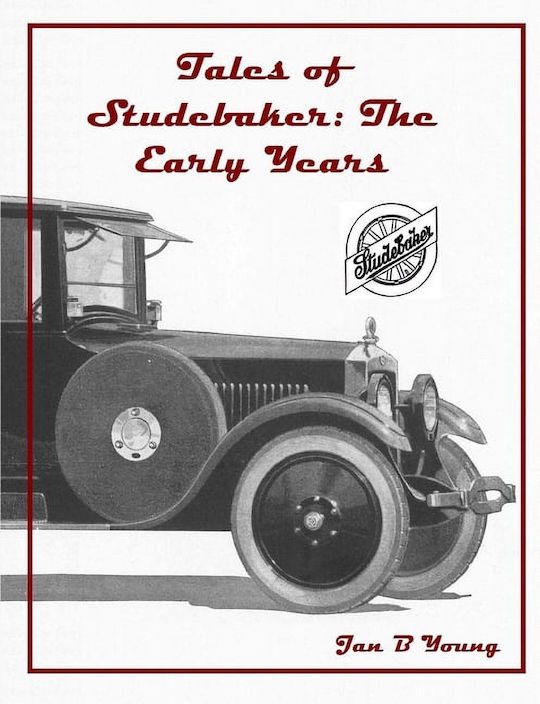

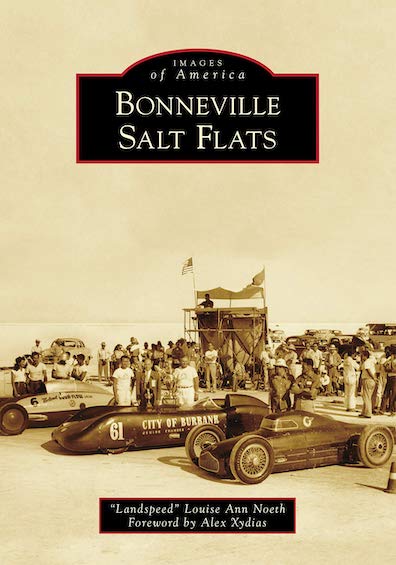
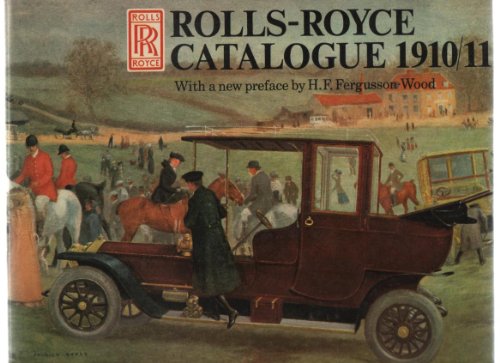
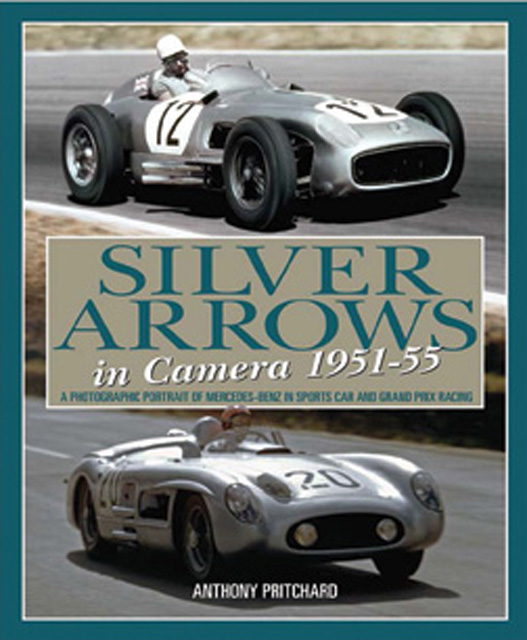


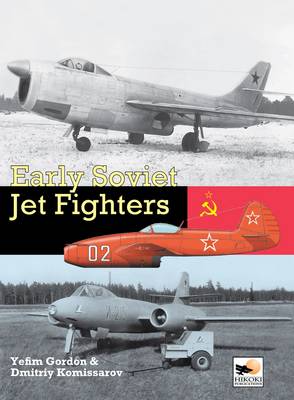
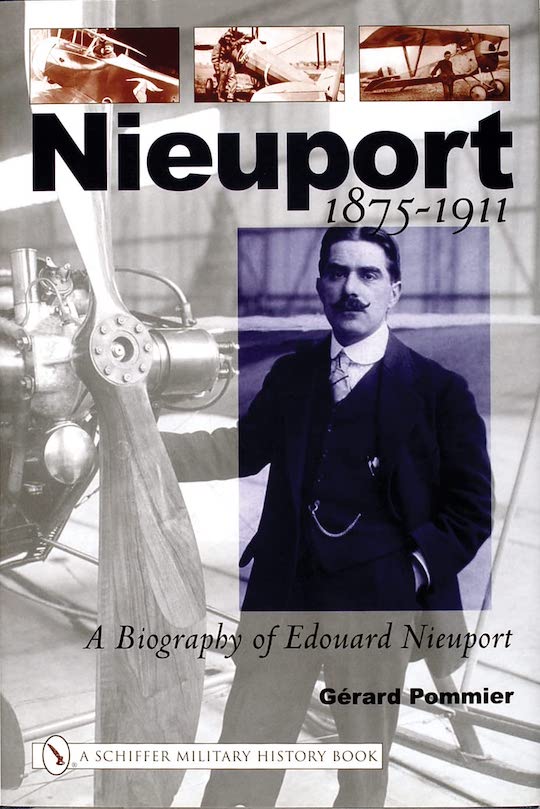




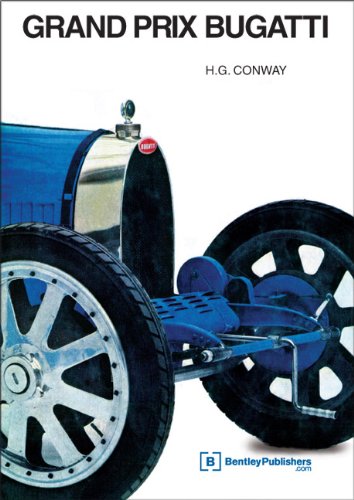
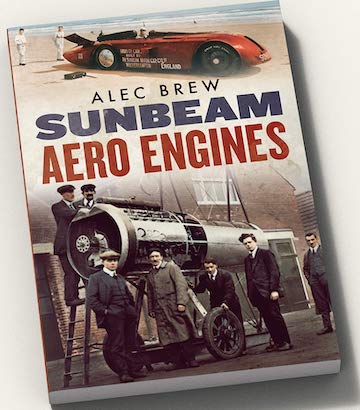

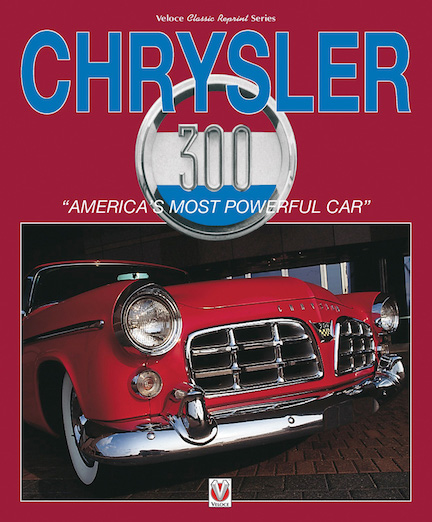
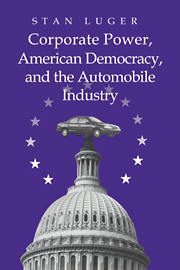
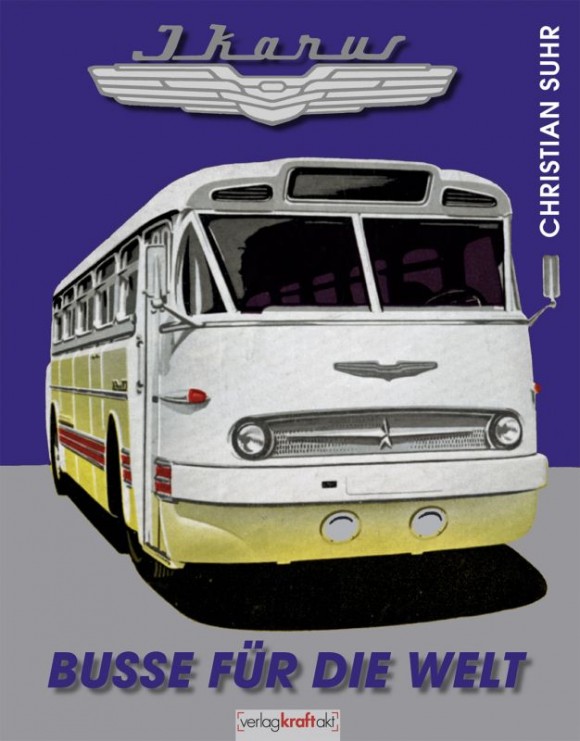
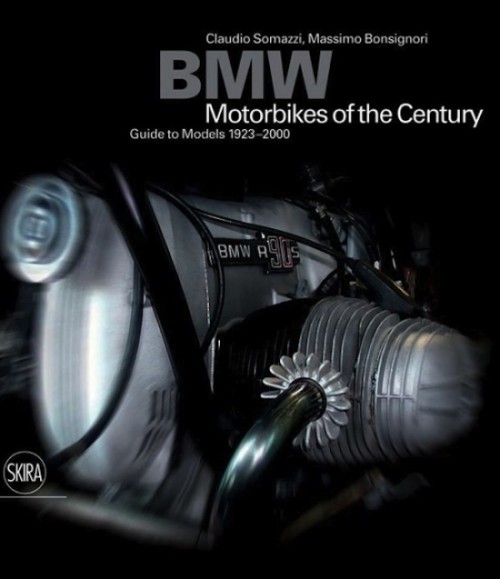
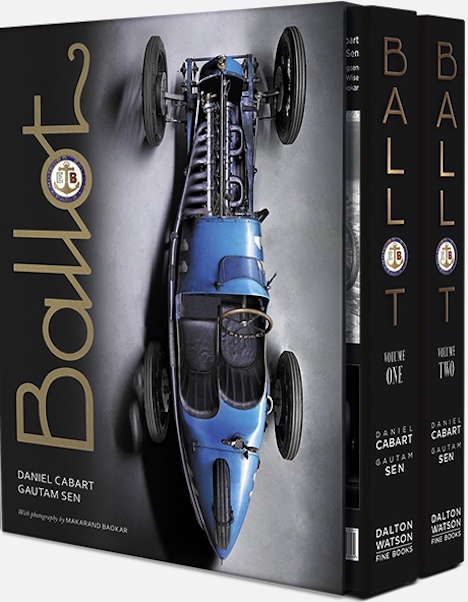
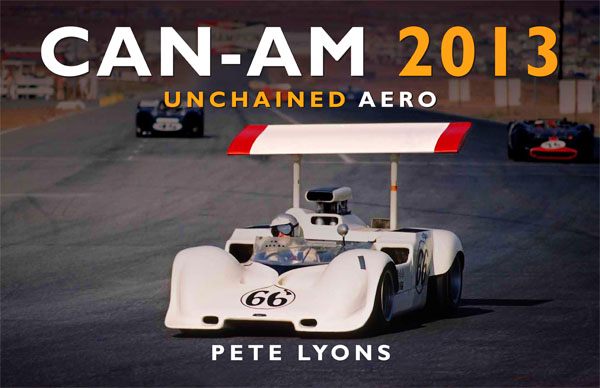
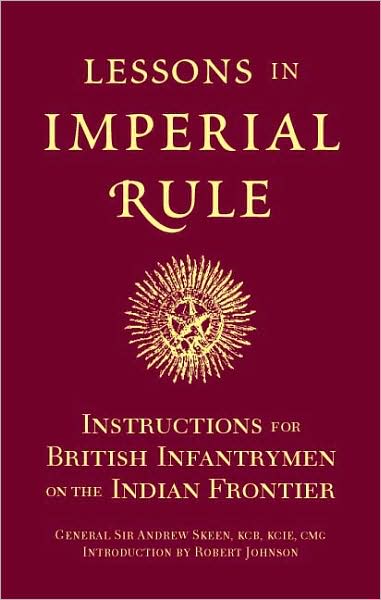
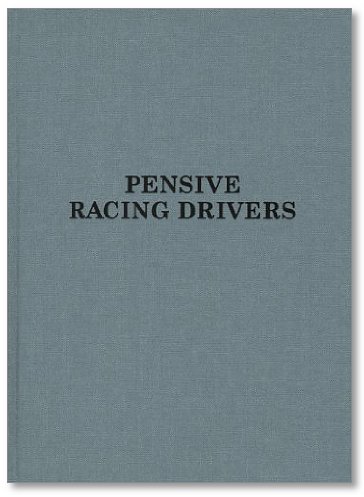
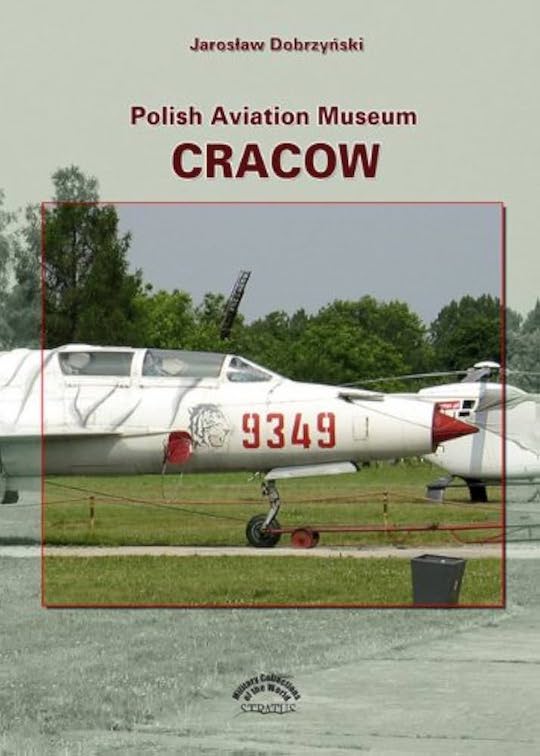

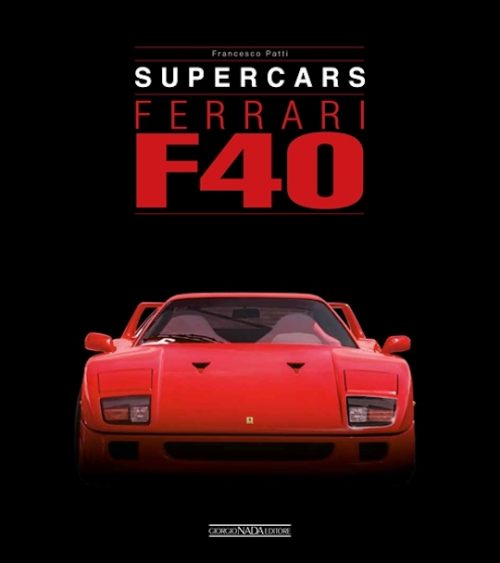
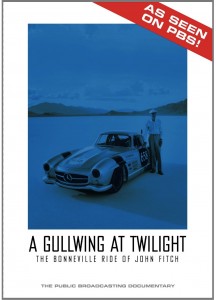
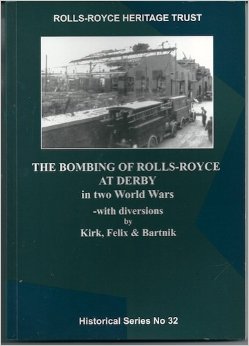

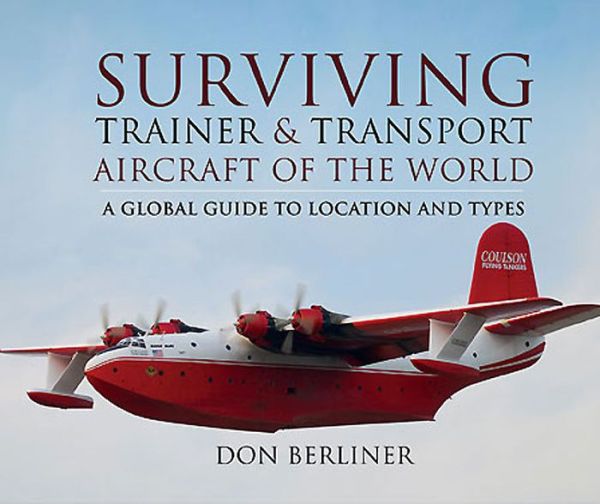
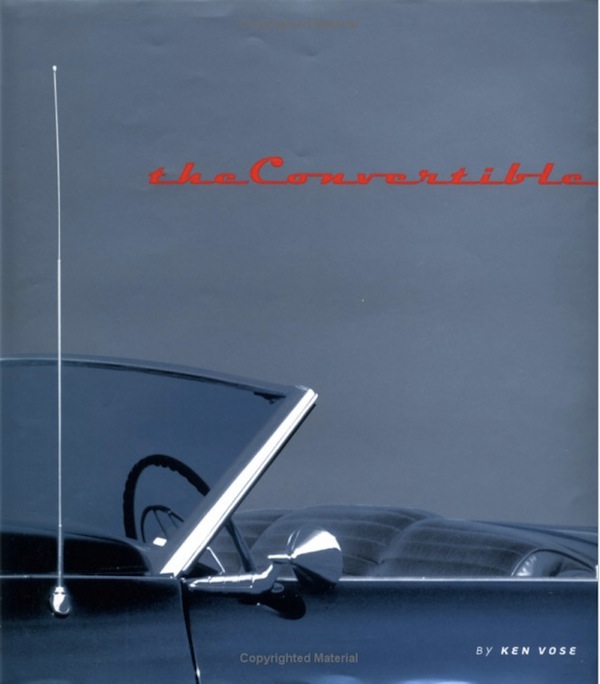
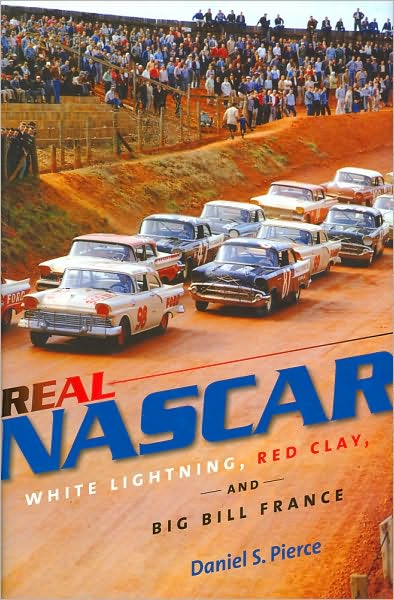
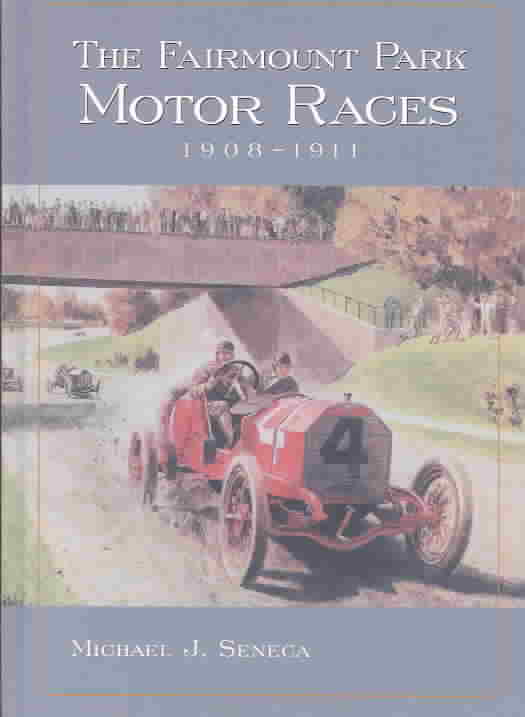
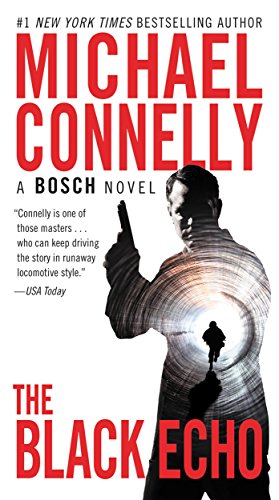

 Phone / Mail / Email
Phone / Mail / Email RSS Feed
RSS Feed Facebook
Facebook Twitter
Twitter